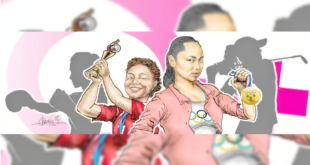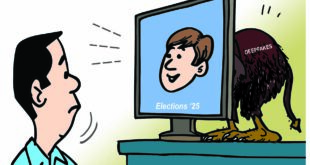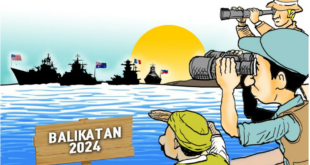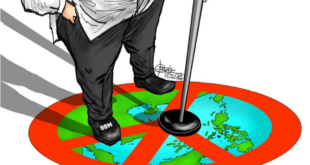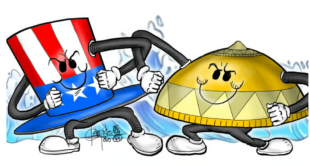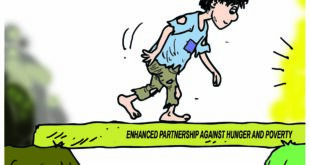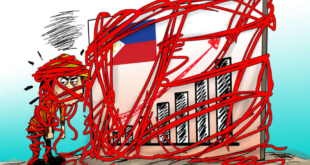
Another lie is that the program was not well planned and should be subjected to more reviews.
Even before the pandemic struck in late 2019, the Department of Transportation under then-Secretary Art Tugade had a comprehensive plan to reform the public transport system, and the use of modern conveyances was just a component of it.
The target of the reform was the antiquated system that had condemned drivers to perpetual poverty and operators to resist upgrading their operations.
The jeepney groups then relied on their coercive numbers and unruly protests to force the series of suspensions of the government program.
Under the program, franchises will be consolidated under cooperatives or corporations to replace individual operator franchises. The jeepneys that commuters know will still be allowed to ply the roads under the new program but will be phased out eventually.
The DoTr issued the modernization directive in 2017, but the deadline was moved several times, and when the pandemic struck, its implementation was passed on to President Ferdinand Marcos Jr.
Presidential Chief Legal Counsel Juan Ponce Enrile said the government should put its foot down on the protests as he believed that jeepney groups were trying the patience of the government.
He said the modernization program was long overdue.
“They are abusing their right to assemble and seek redress of their grievances. They are mandated to provide public service,” Enrile stressed.
“Let them hold their protest action, but the government should cancel their franchises. No more, you can’t engage in that trade,” he added.
He said that more than acceding to the whims of the militant groups, the government must protect the people.
“Who suffers from their strike? Can they be allowed to punish the public who have given them the privilege to engage in their business?” Enrile asked.
When the pandemic struck, the first group to take a hit were the drivers who were forced to park their jeepneys when quarantine rules sidelined mass transportation. The modernization program was then postponed repeatedly to allow the public transport sector to recover.
The government must remain firm on the 31 January deadline to consolidate, or the loudmouths in the transport groups will believe they have a chokehold on the government.
The modernization program offers operators financial support through loans to upgrade their vehicles.
A vital reform of the Public Utility Vehicle Modernization Program, or PUVMP, is fleet management that will guarantee that transport routes will have service available throughout the day.
The experience of most commuters is that jeepneys disappear during odd hours of the day when there are few people on the road.
*****
Credit belongs to: tribune.net.ph
 Atin Ito First Filipino Community Newspaper in Ontario
Atin Ito First Filipino Community Newspaper in Ontario
